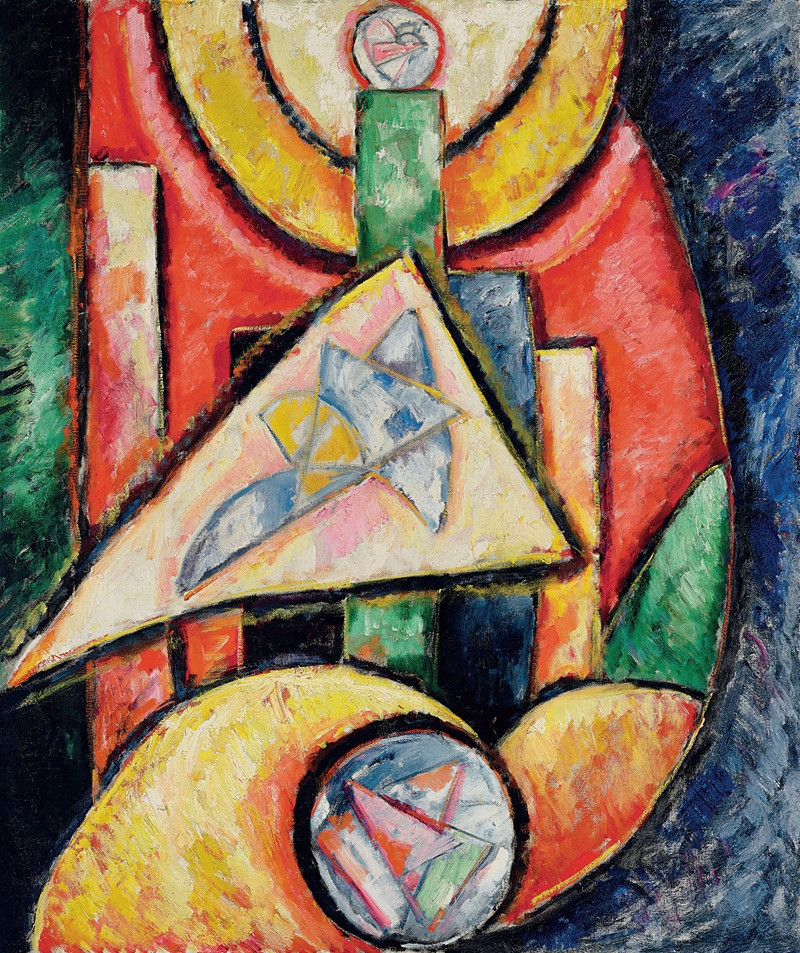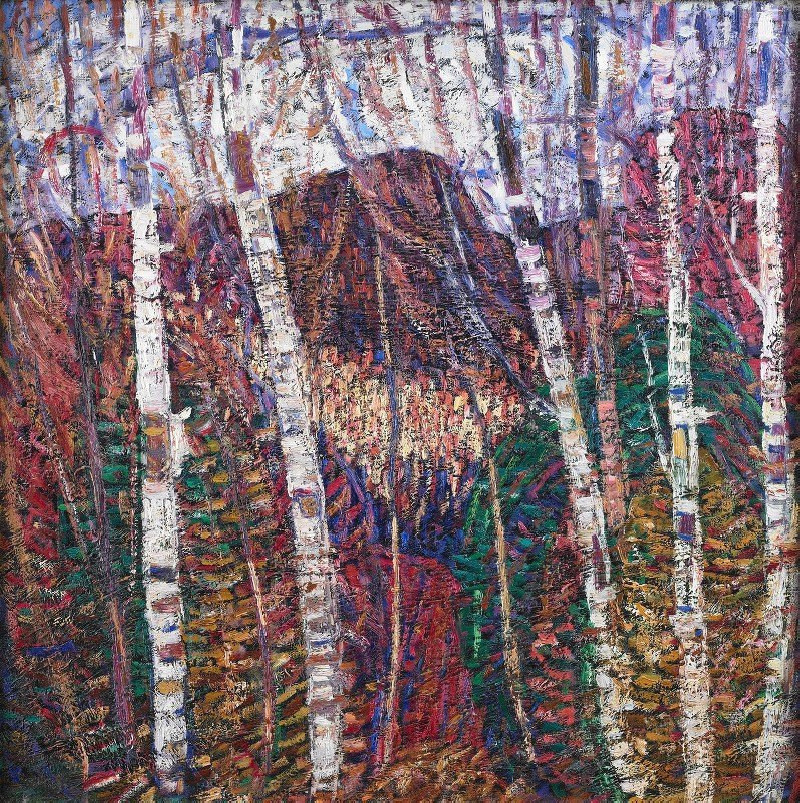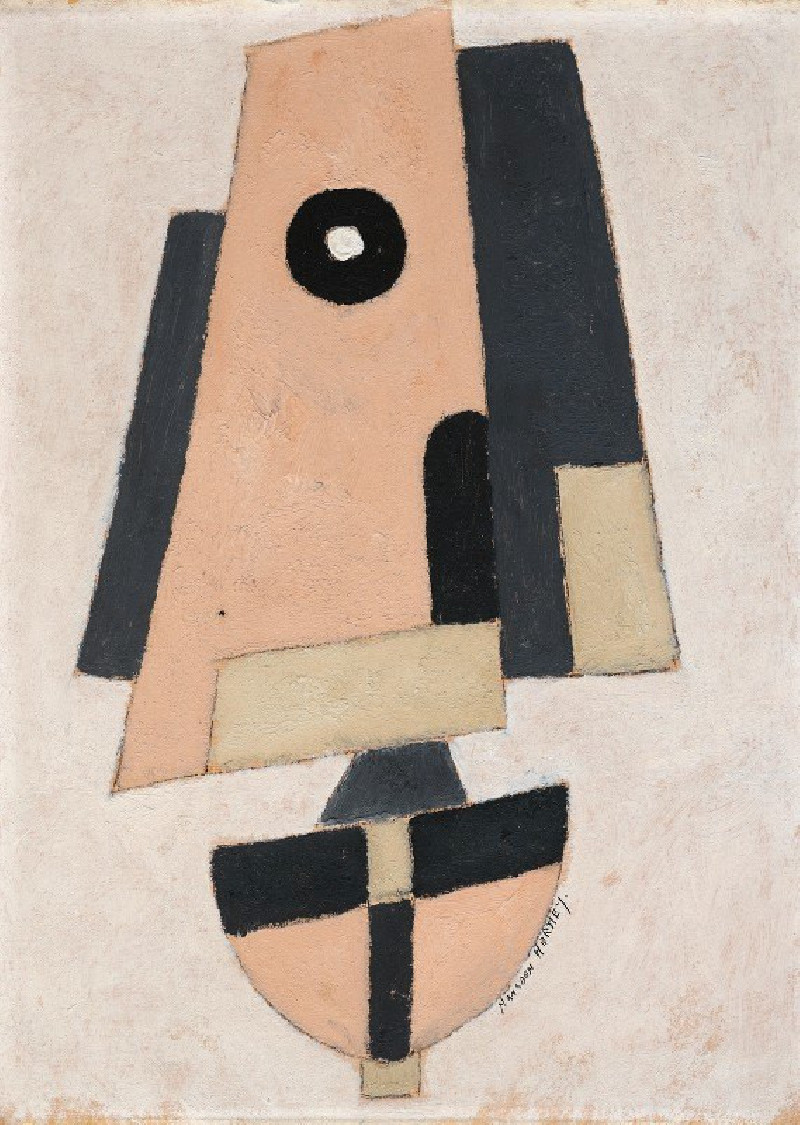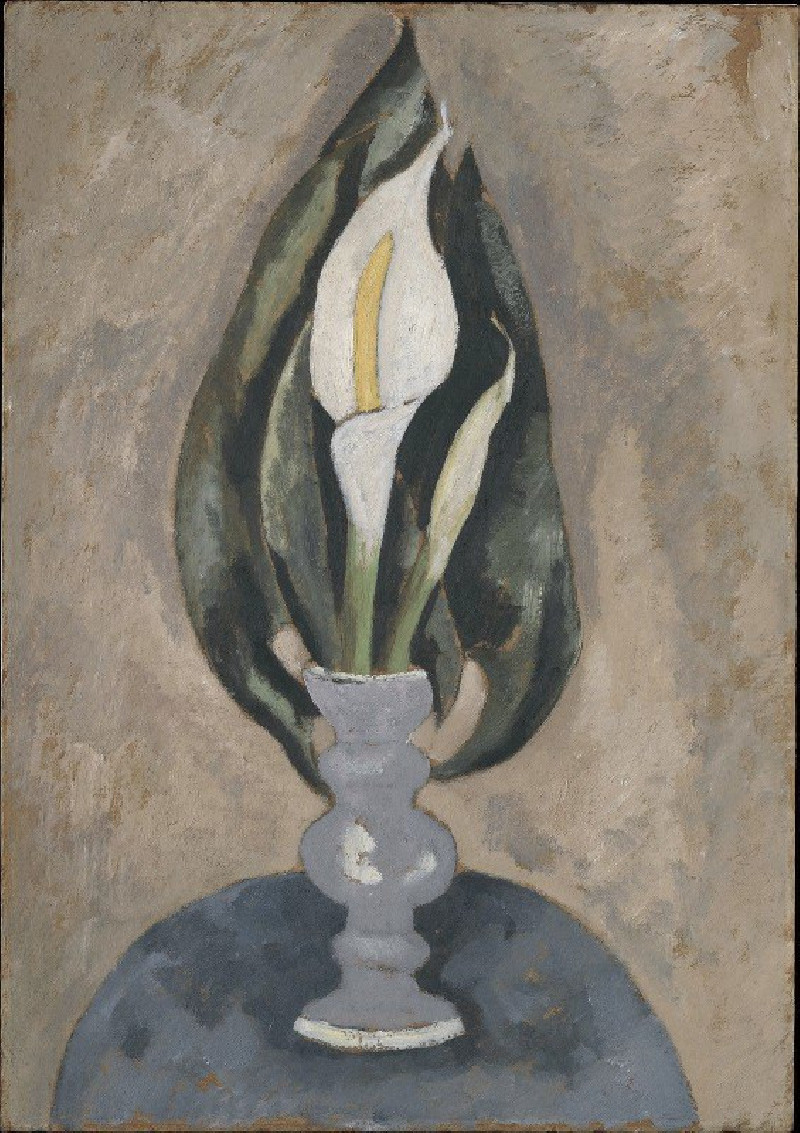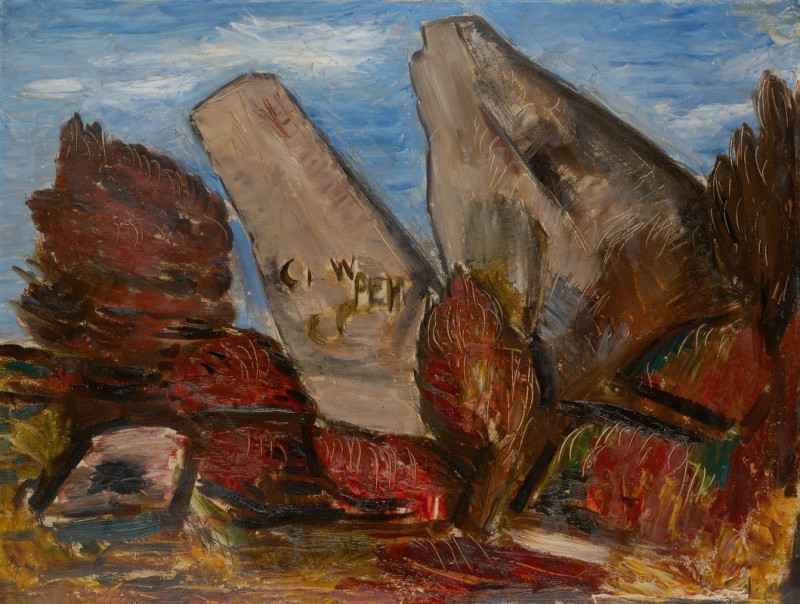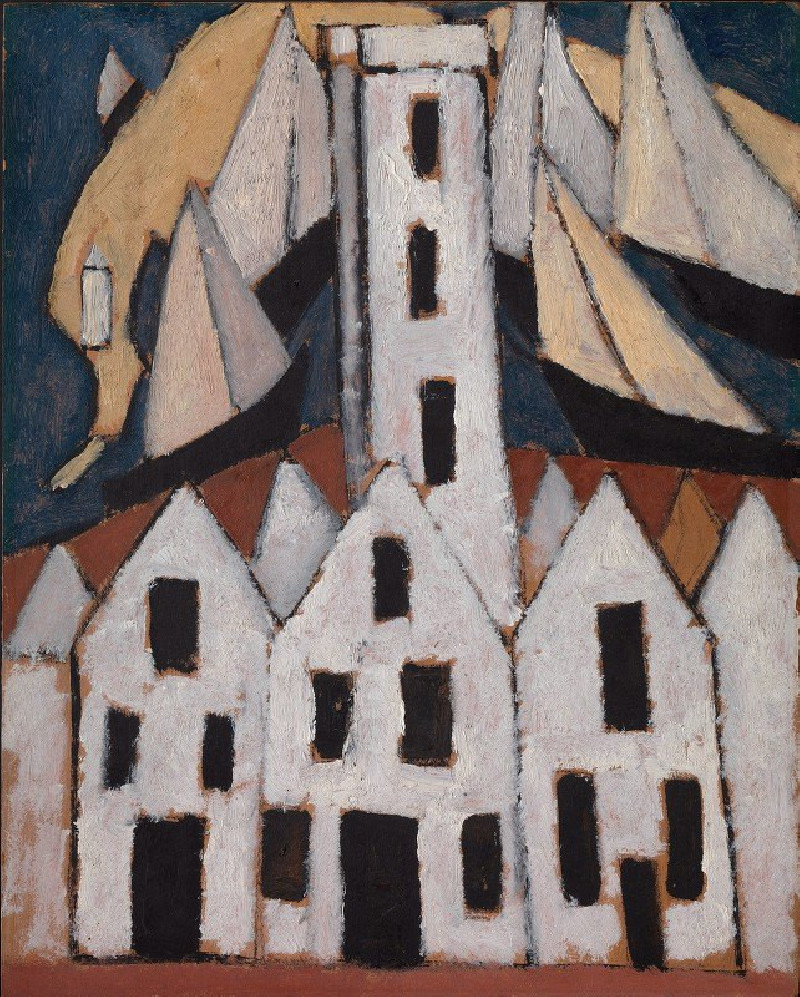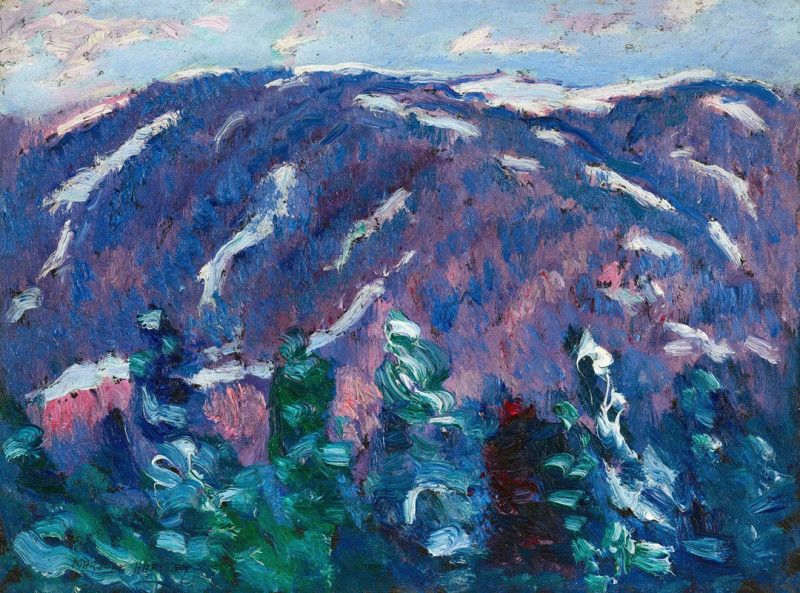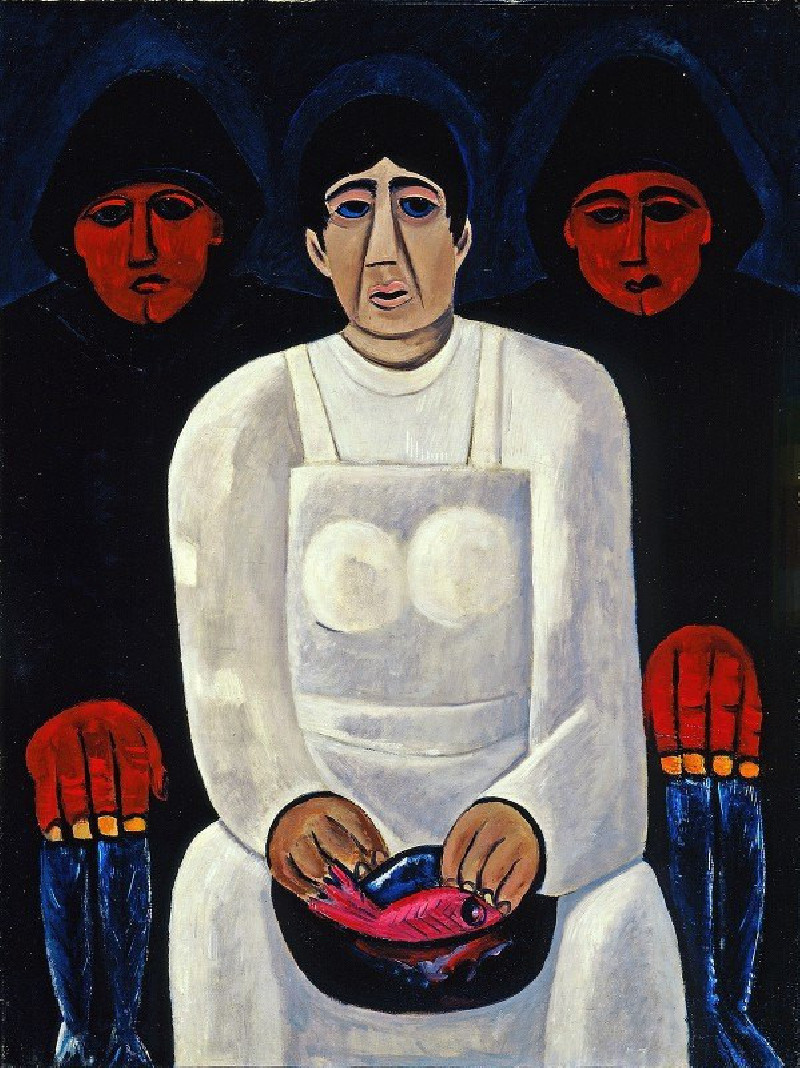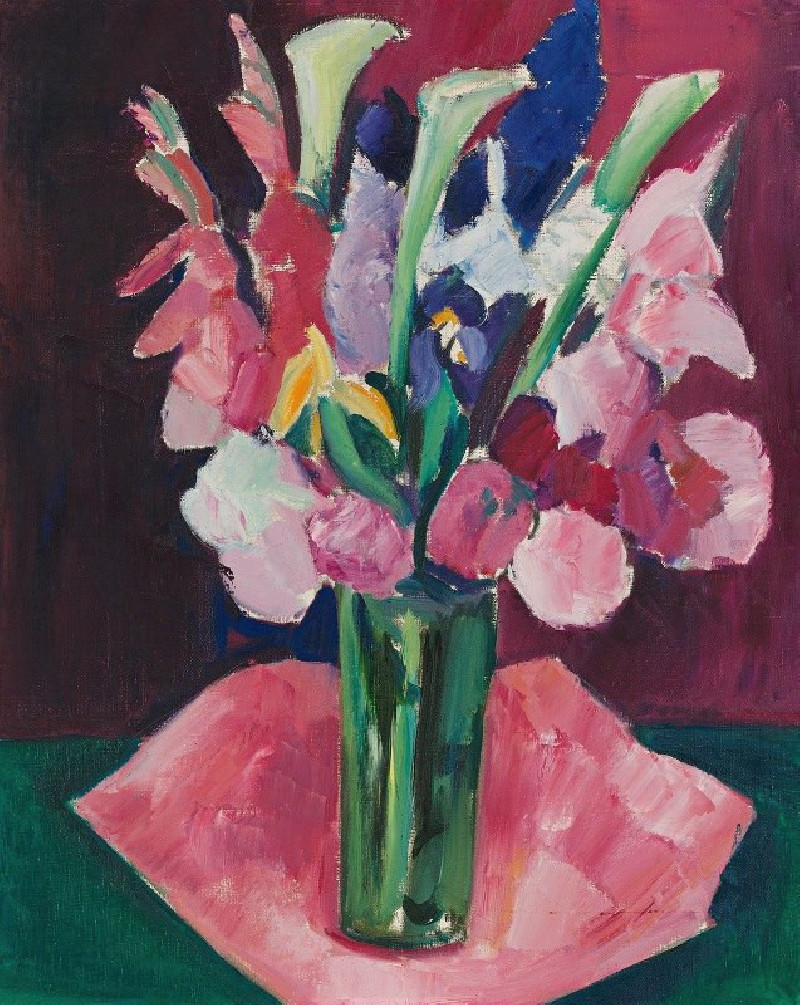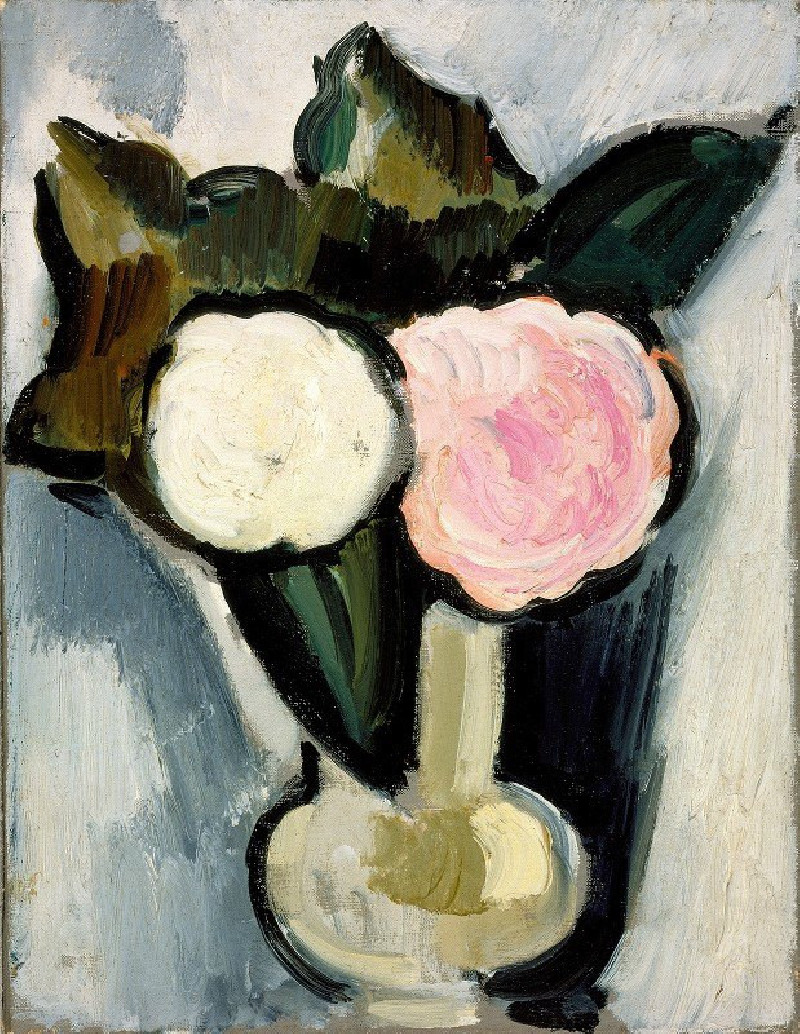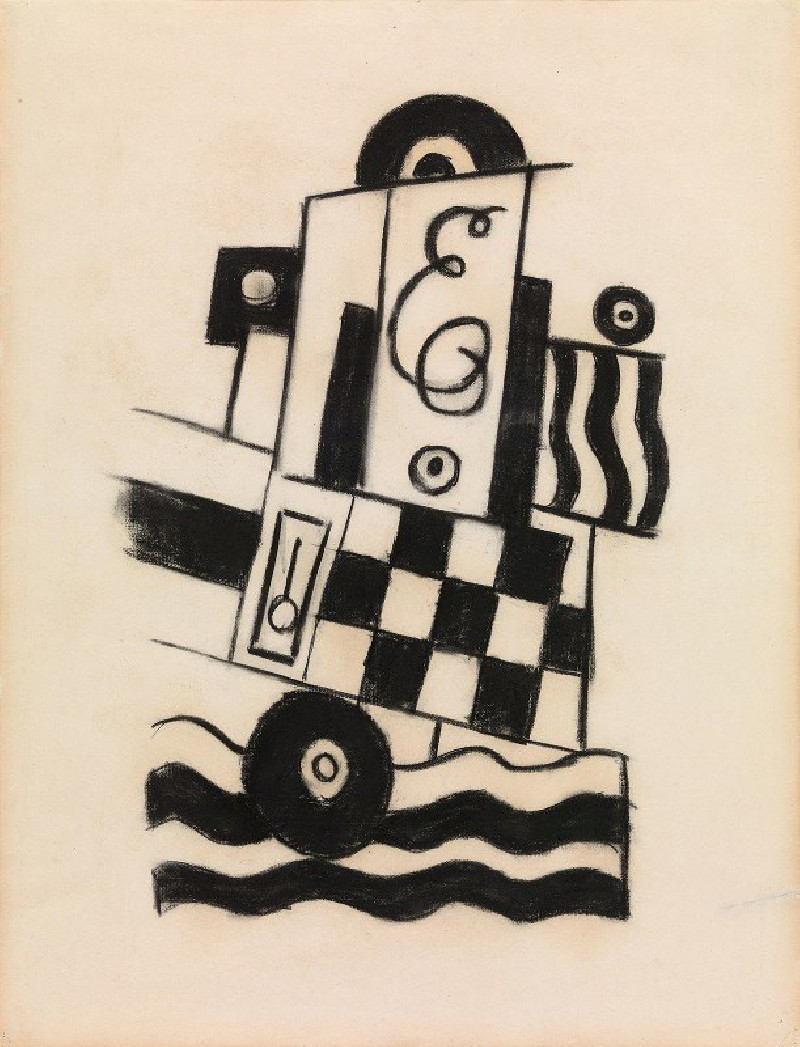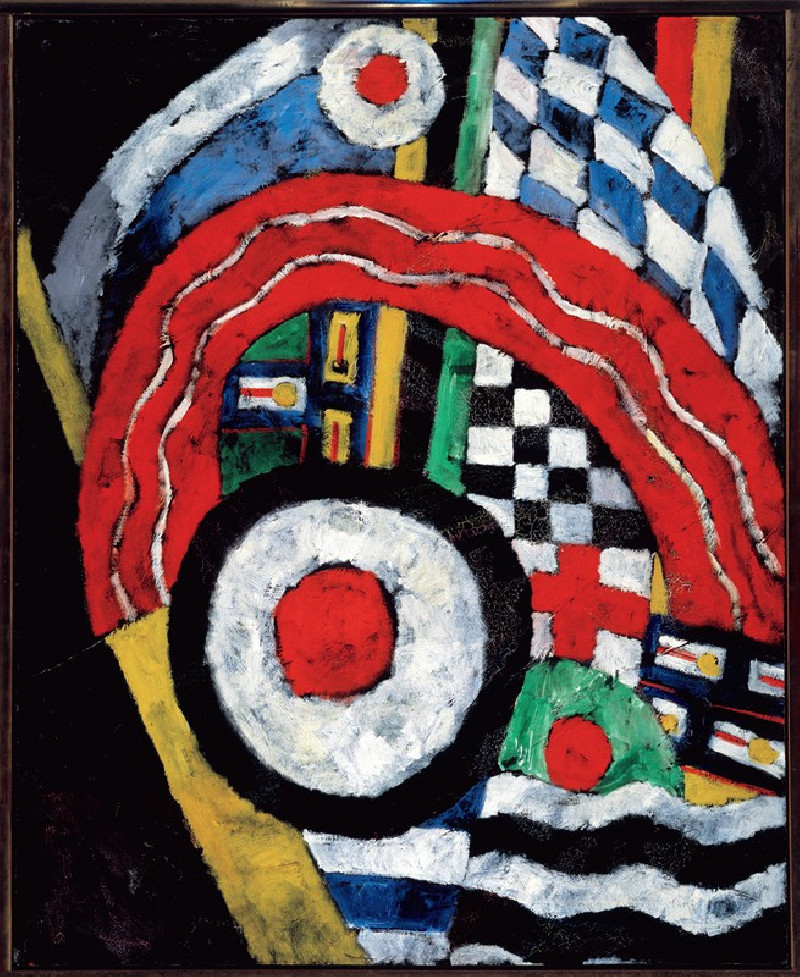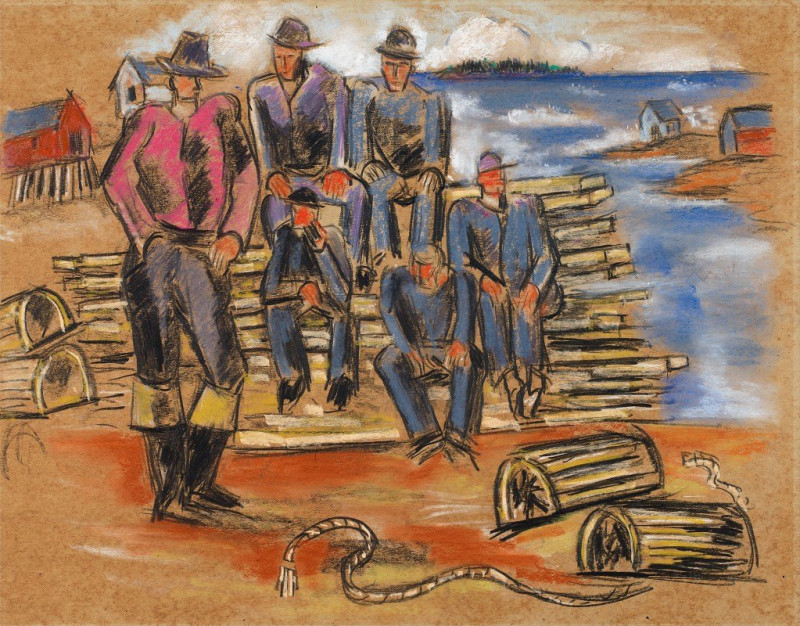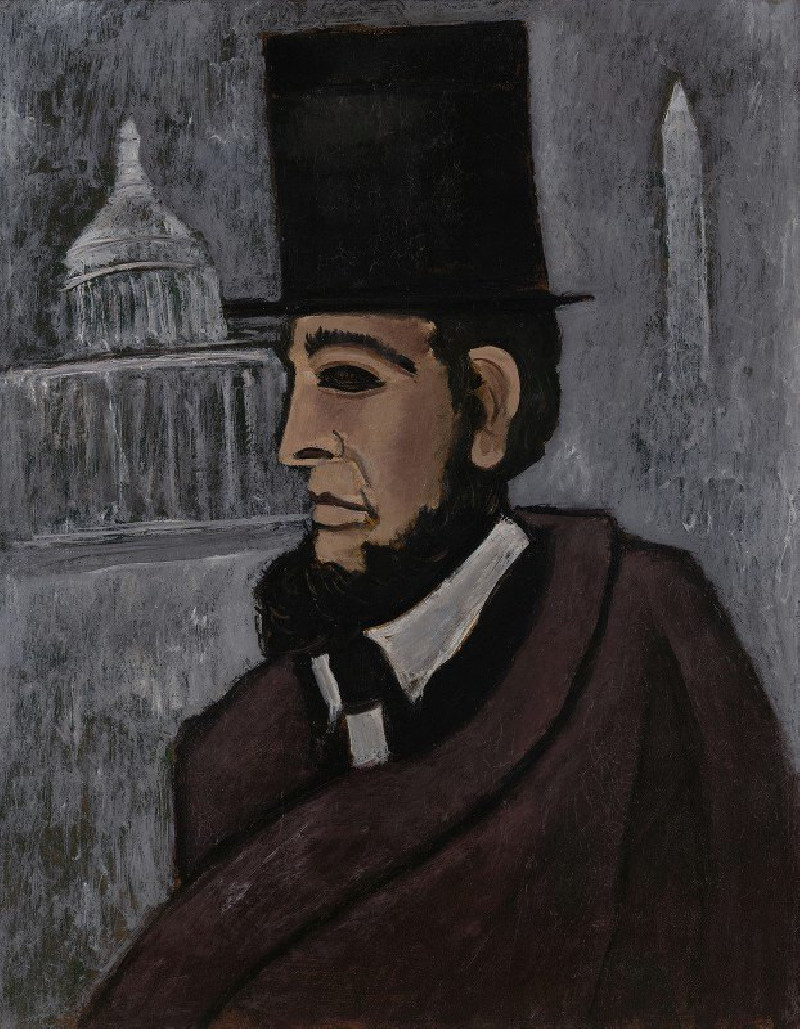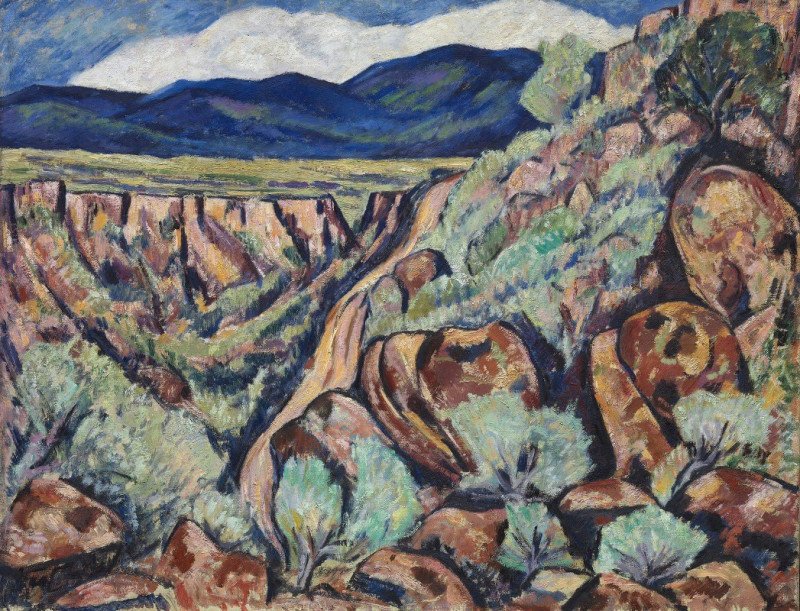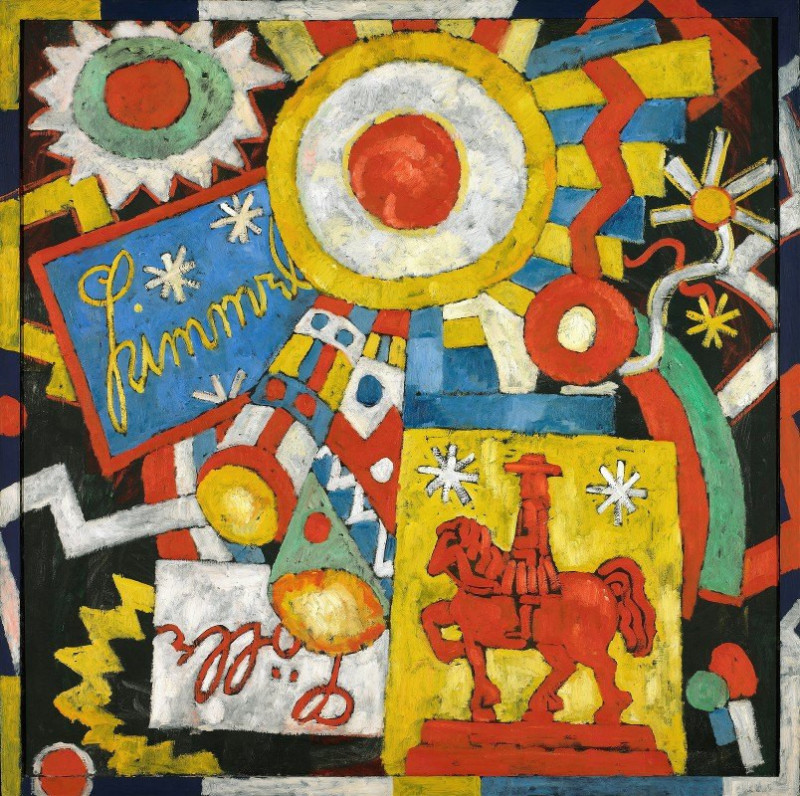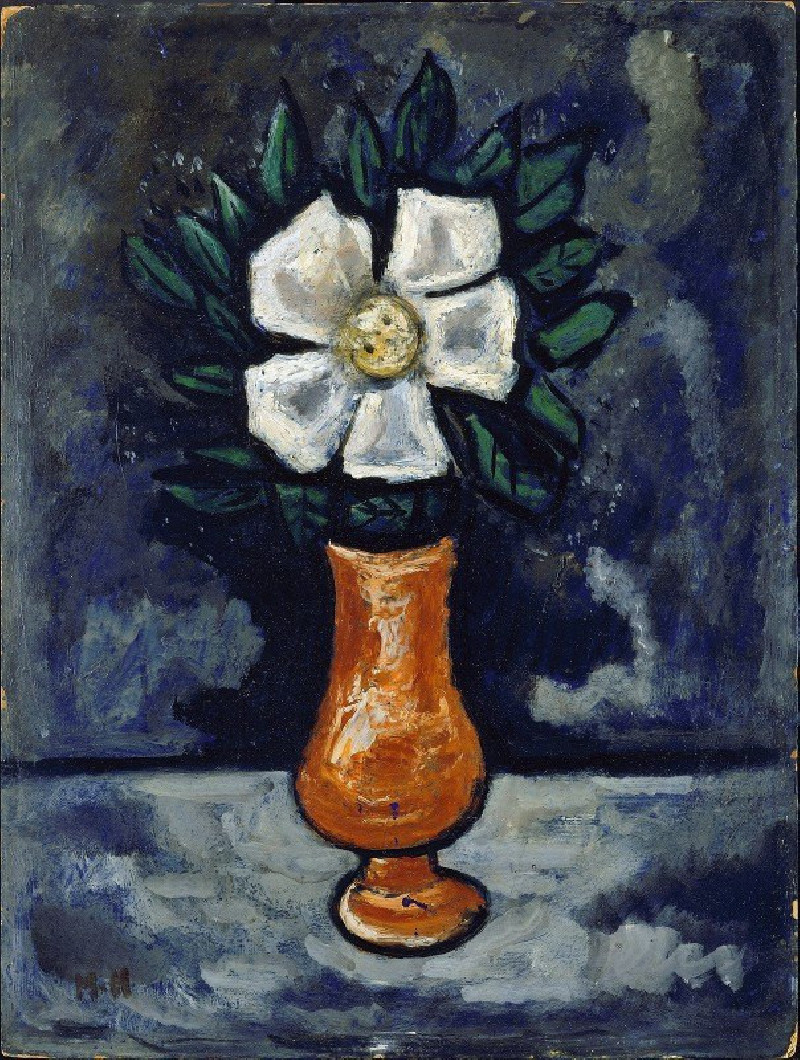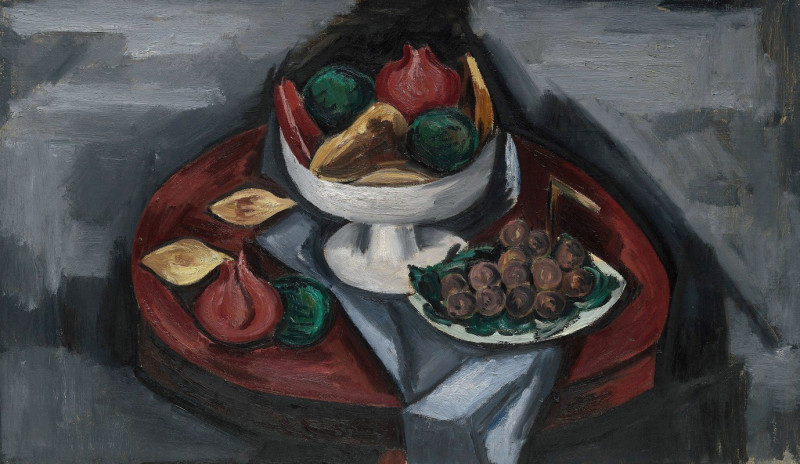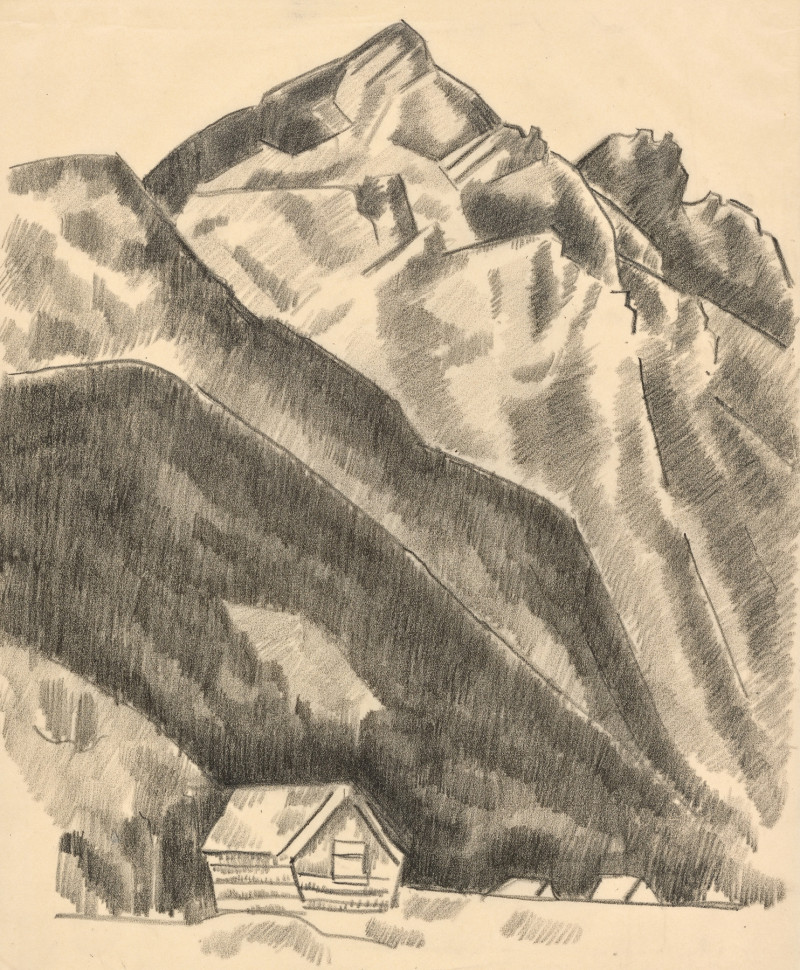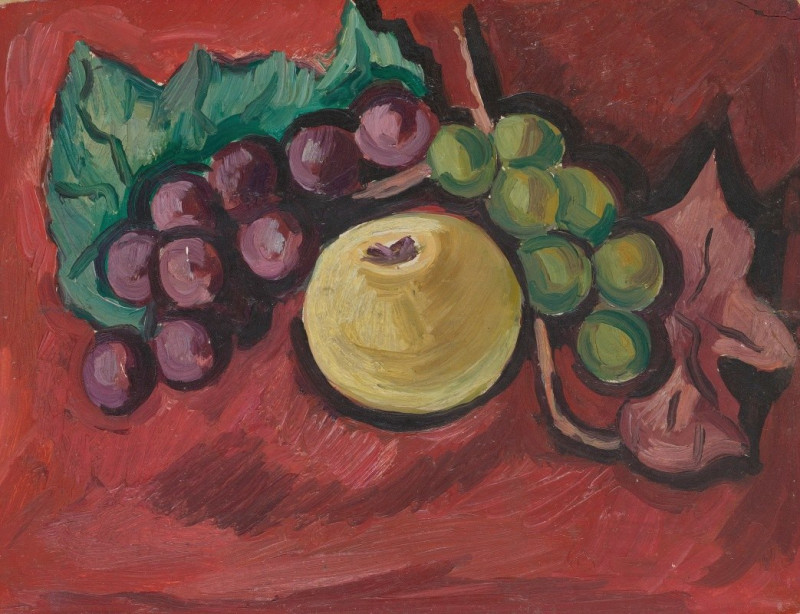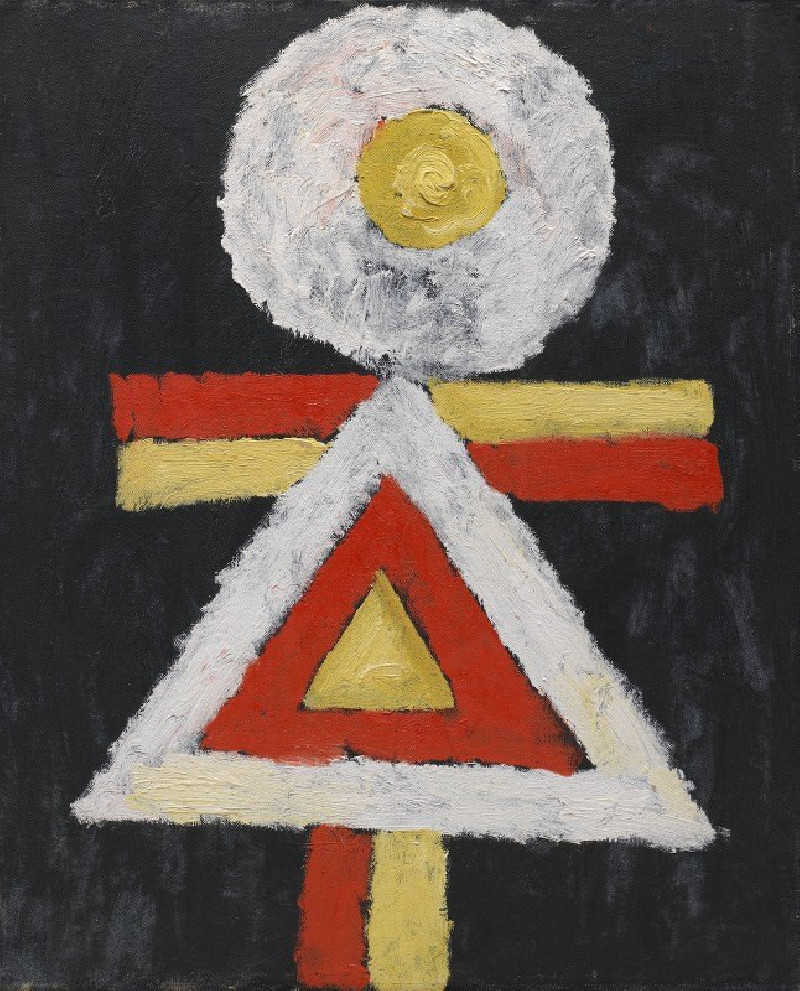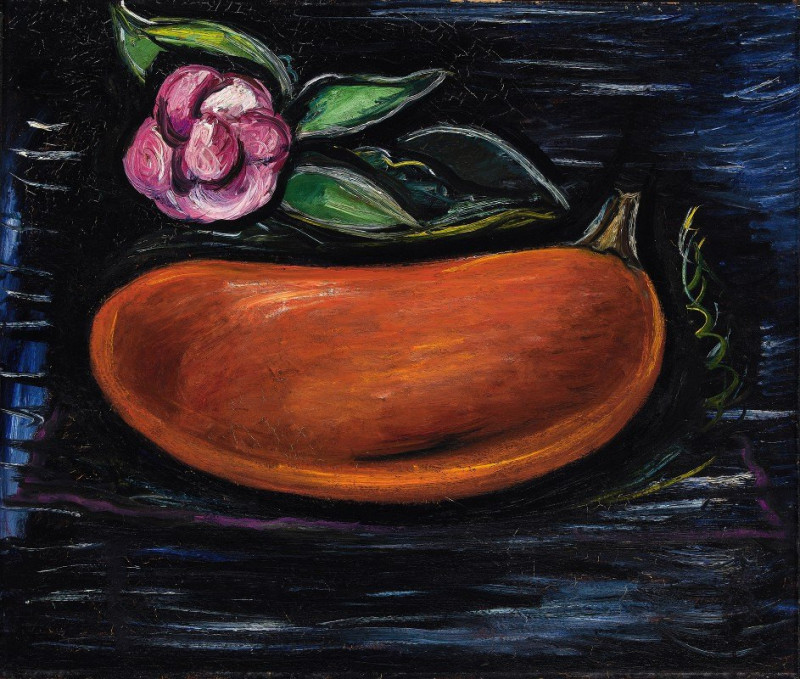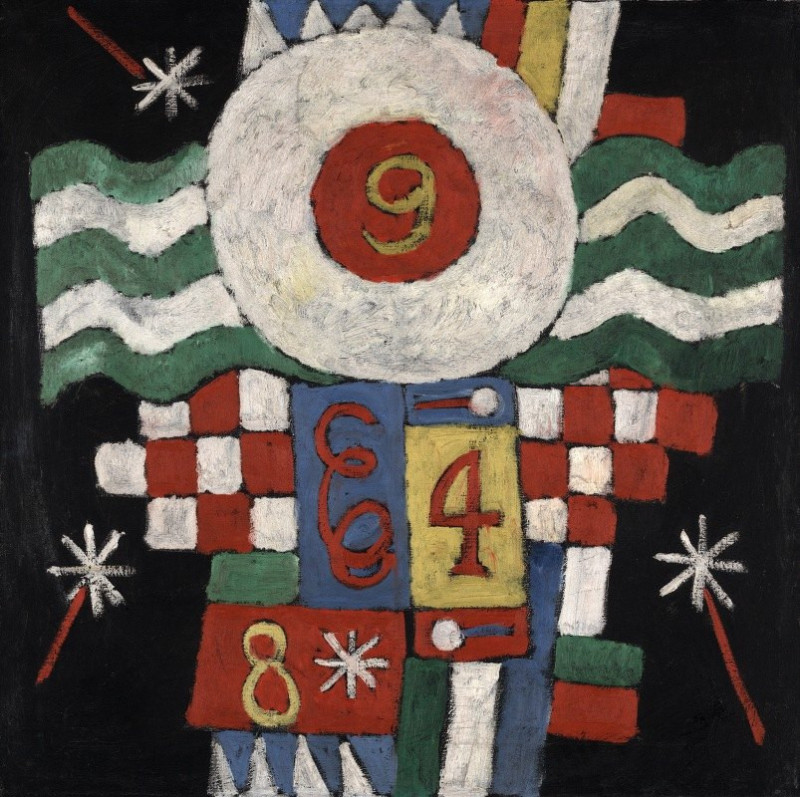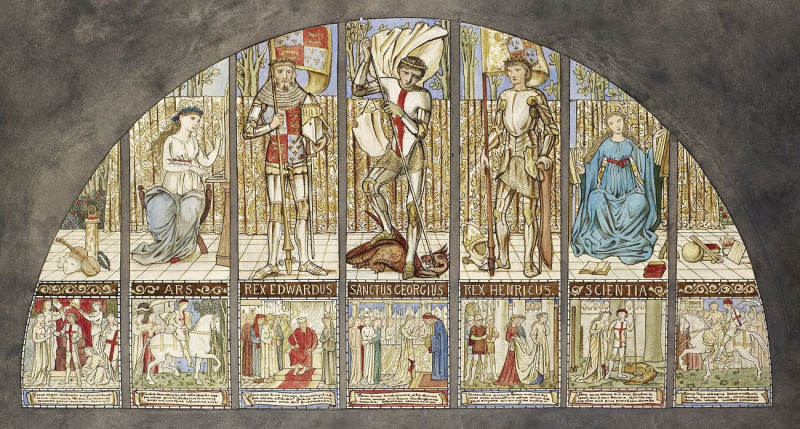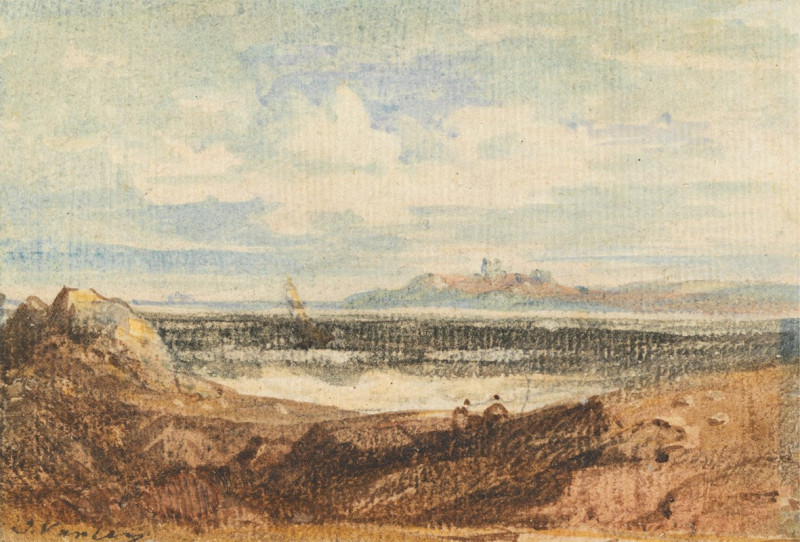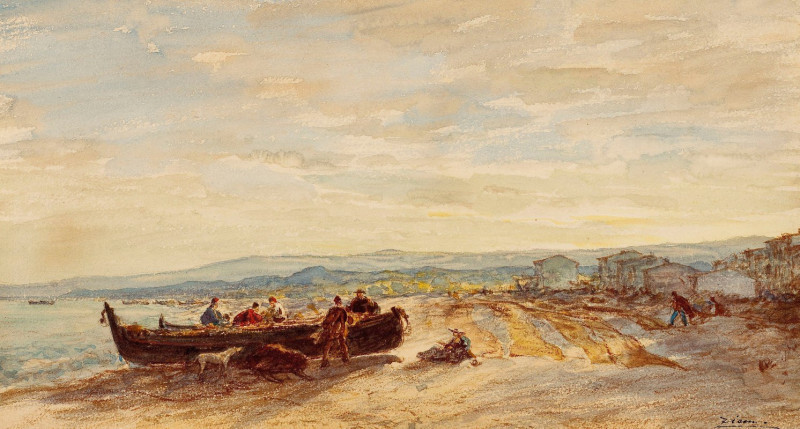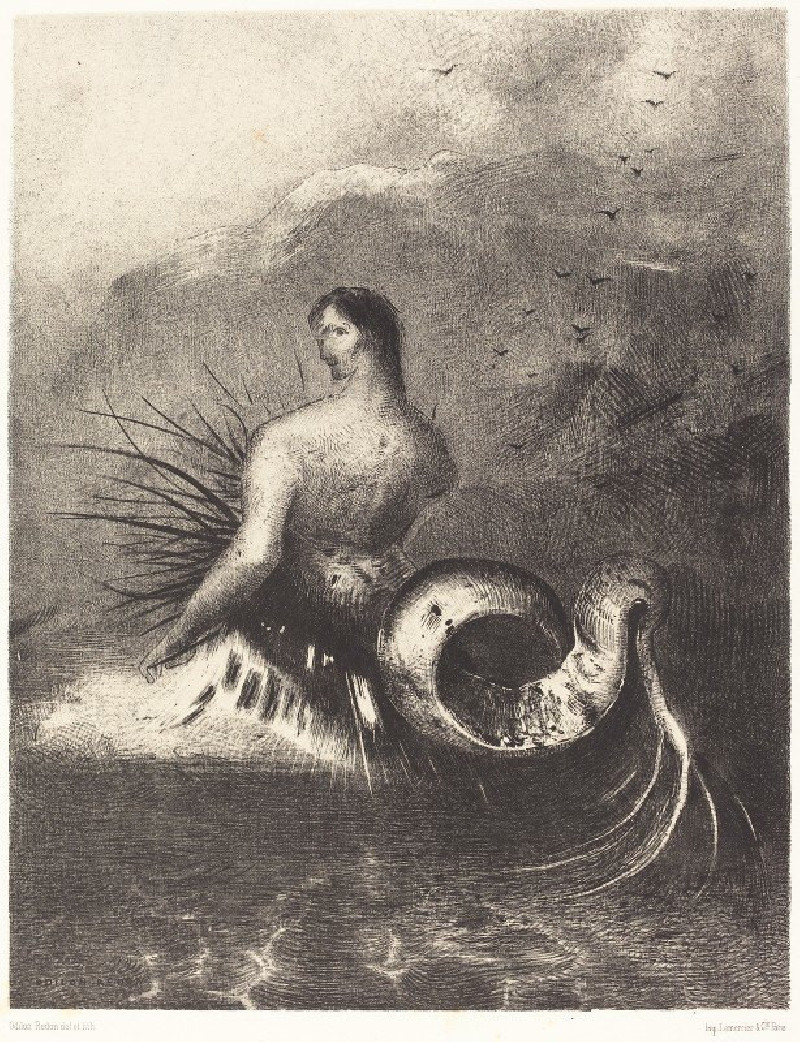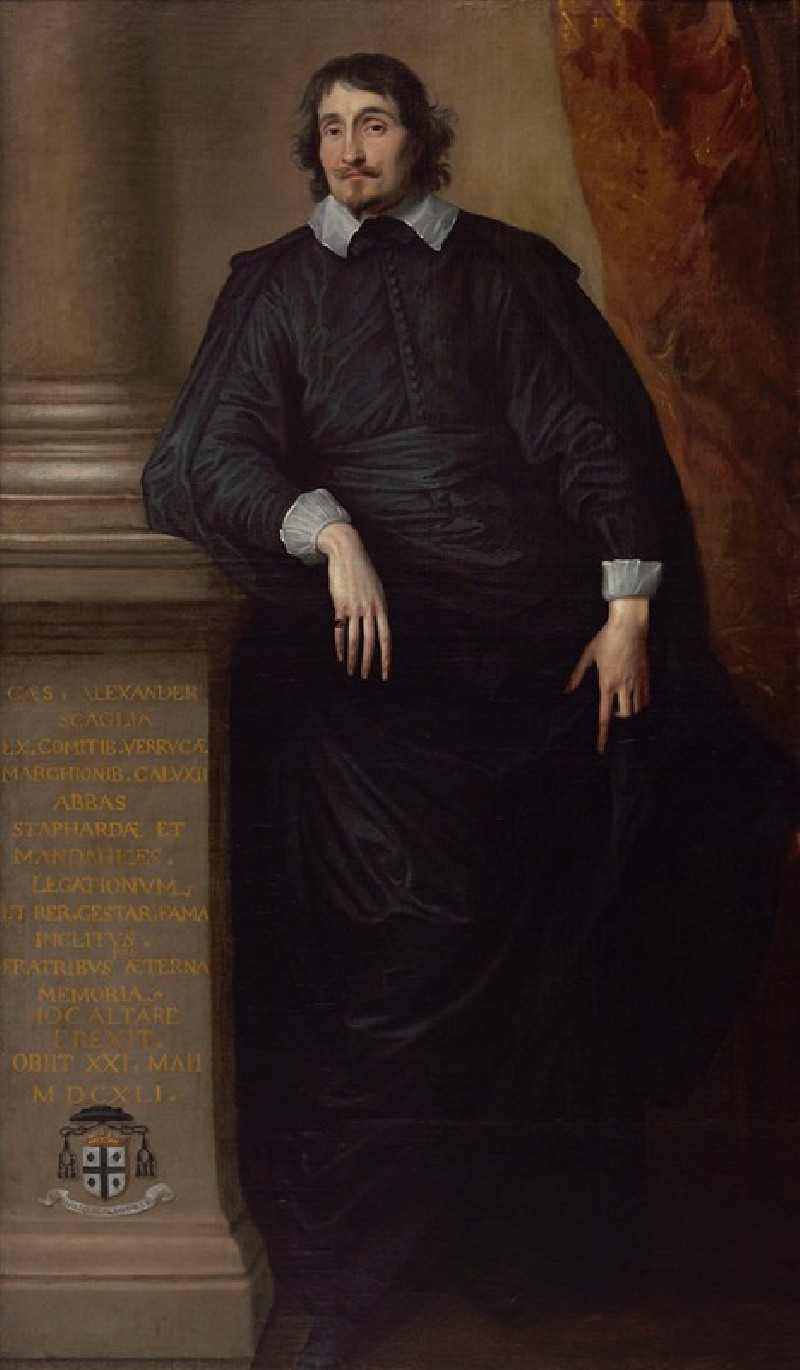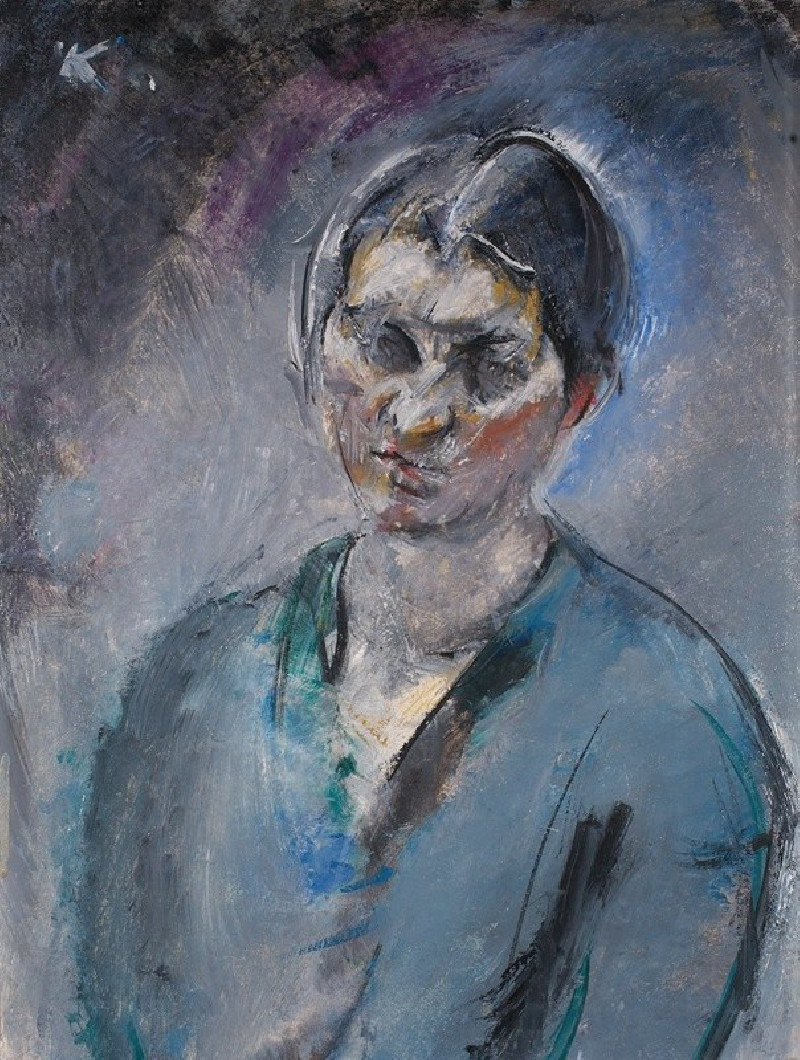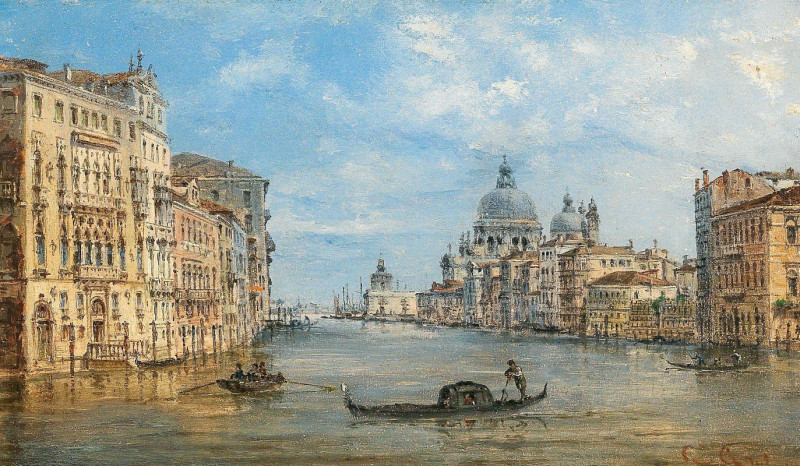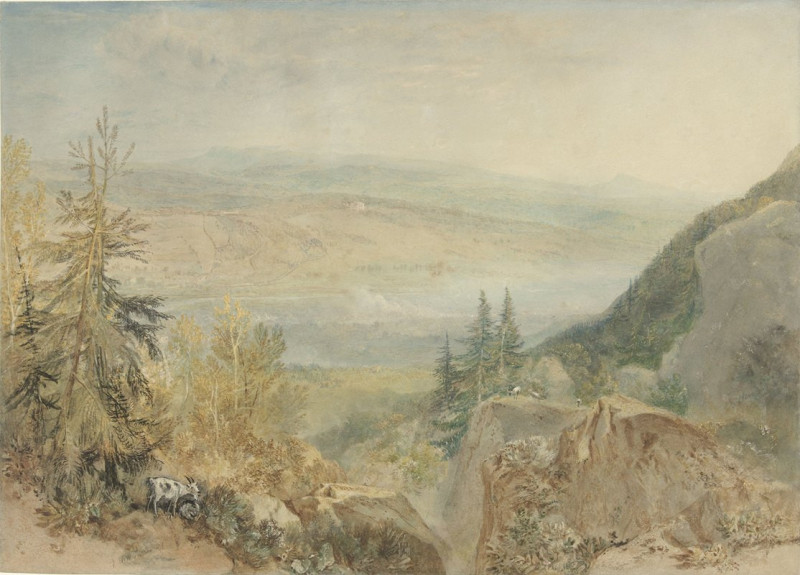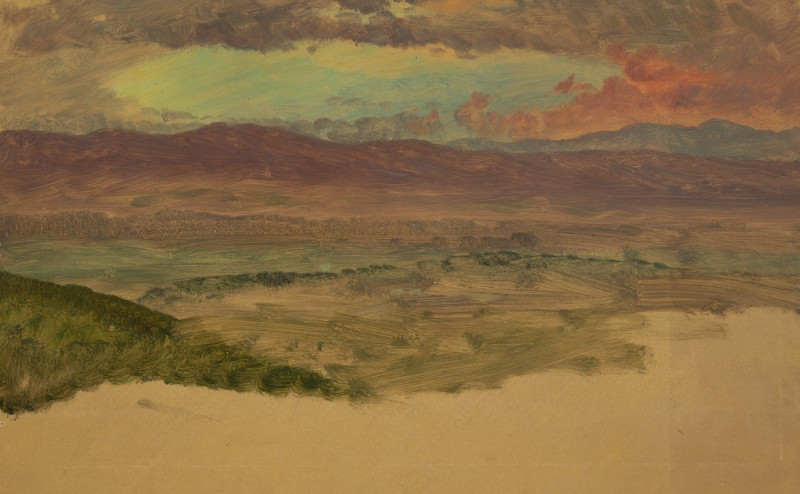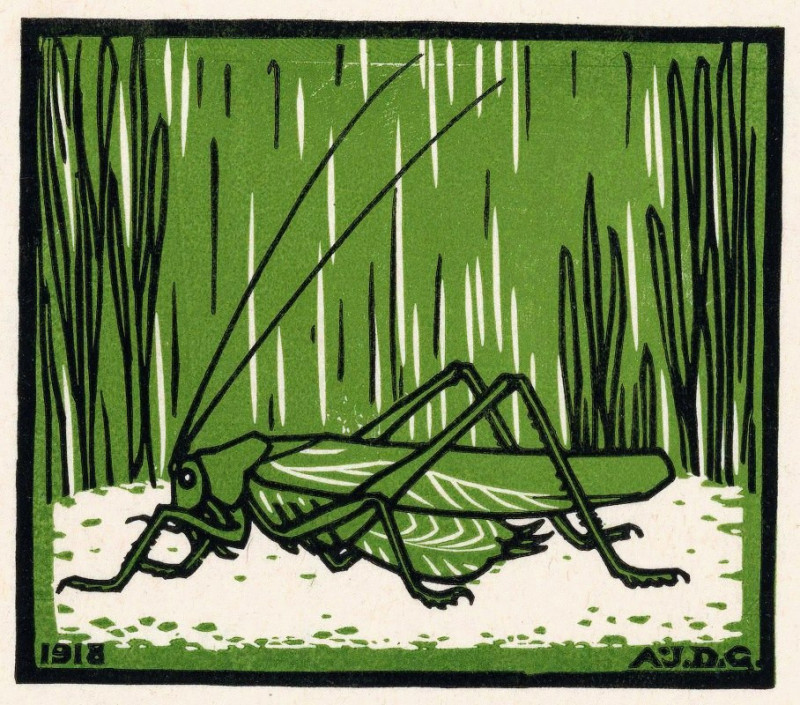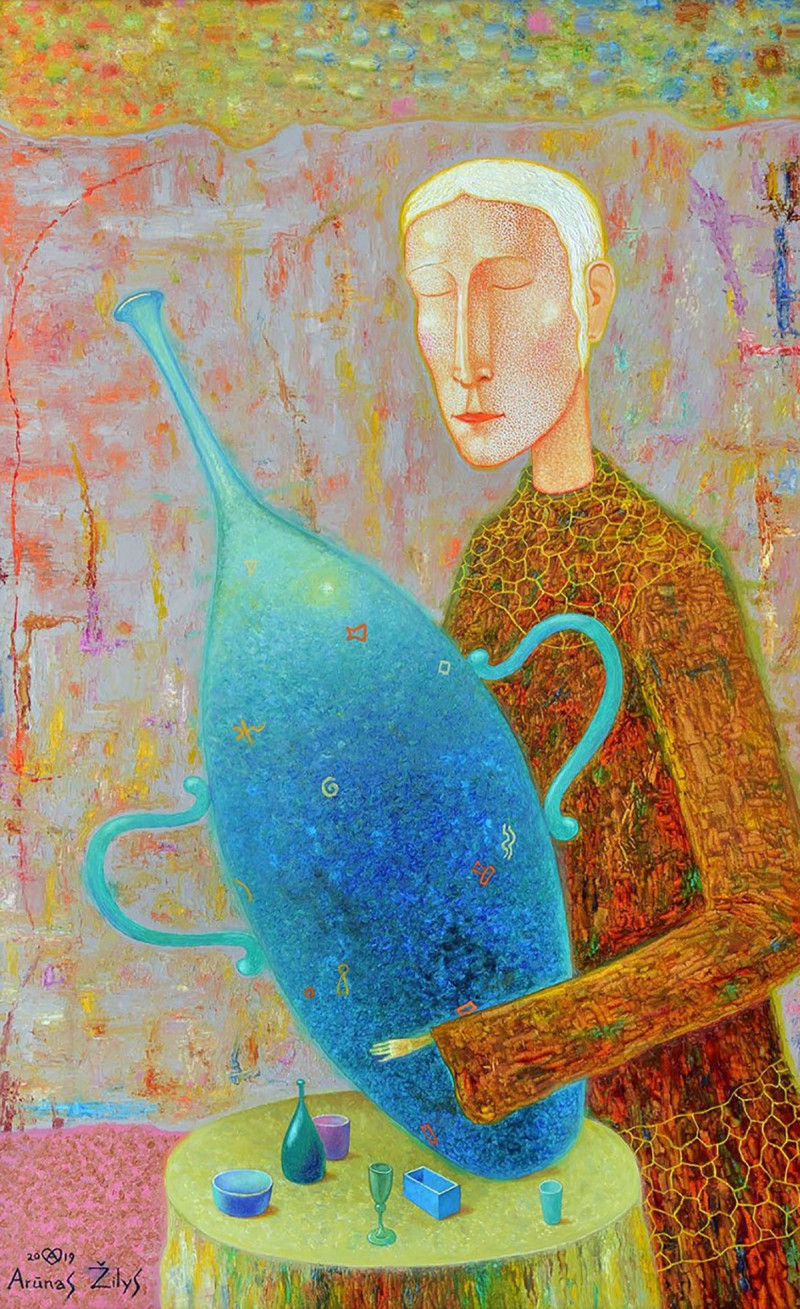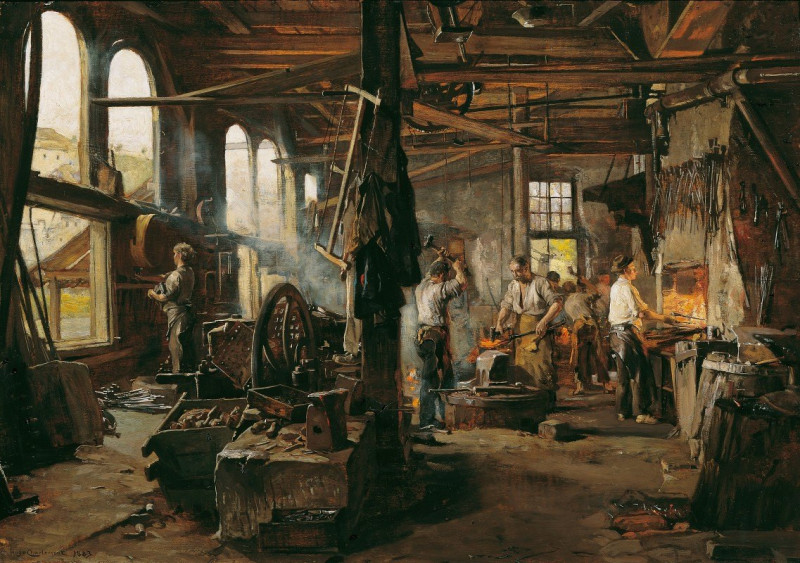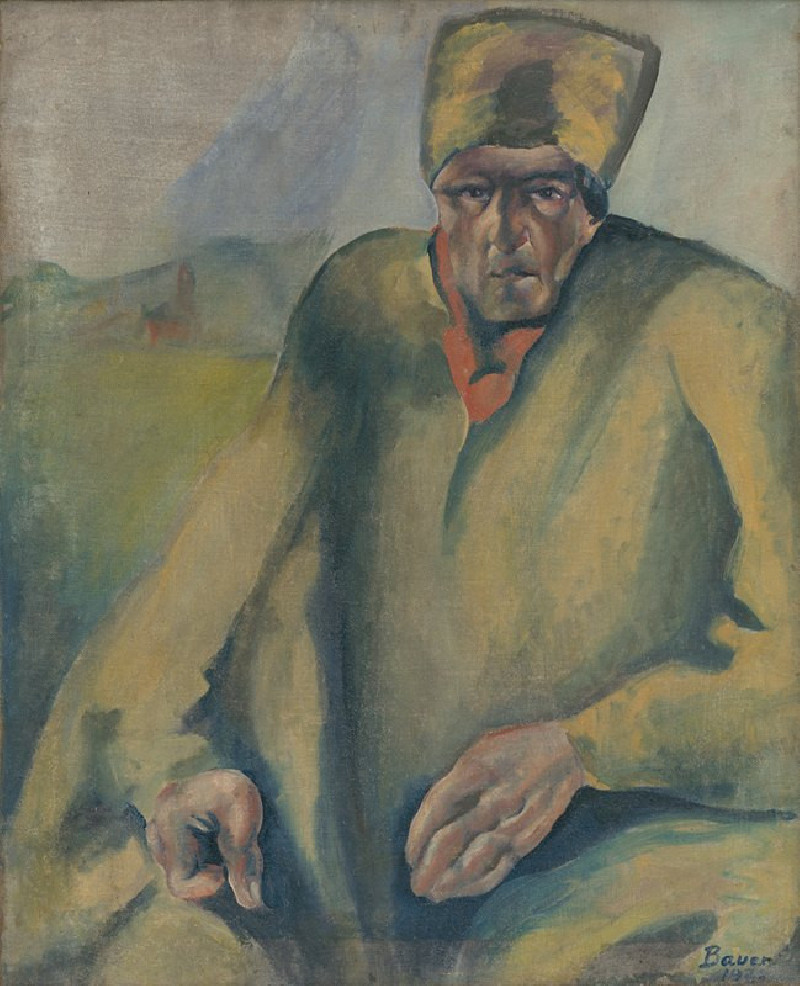Abstraction (1912-13)
Technique: Giclée quality print
Recommended by our customers
More about this artwork
Marsden Hartley's painting "Abstraction" (1912-13) is a stunning exploration of color, form, and emotion, encapsulating the burgeoning abstract movement of the early 20th century. This compelling work is characterized by its vivid colors and dynamic, almost tumultuous composition that challenges the boundaries of traditional visual representation.In "Abstraction," Hartley orchestrates a symphony of shapes and contours wherein each element, while abstract, hints at familiar forms. The painting is dominated by bold, overlapping geometrical shapes including circles, triangles, and undefined figures. Colors range from deep blues and rich reds to bright yellows and subtle greens, creating a vibrant spectrum that is both striking and thought-provoking.Central to the composition is a distinct, tower-like structure, topped with a small red circle that might suggest an emblematic or celestial body. The surrounding shapes seem to radiate outward from this central figure, suggesting movement and energy that emanates from within the core of the canvas.Hartley's "Abstraction" not only invites viewers to contemplate the relationships between the shapes and colors but also to consider the emotional resonance of the arrangement. Like much of his work from this period, Hartley blends the influences of European avant-garde art movements with his unique perspective, making a distinctive contribution to American abstract art.This painting is an exceptional example of Hartley's talent in manipulating both the form and content of his works to evoke deep, introspective contemplation.
Delivery
Returns
Marsden Hartley (1877–1943) is a Maine native and a leading American Modernist painter, along with his contemporaries, Arthur Dove and Georgia O’Keeffe. He is well-known for employing geometric abstraction as well as bold colors and lines. His paintings depicted imagery of nature, landscapes, figures, and still-life. Sponsored by Alfred Stieglitz, Hartley went to Europe in 1912, spending most of his time in Germany, where he met Gertrude Stein, Wassily Kandinsky, and Franz Marc. After returning to America in 1930, he reconnected with the New England of his childhood and started to portray the landscapes of New England in his paintings.

